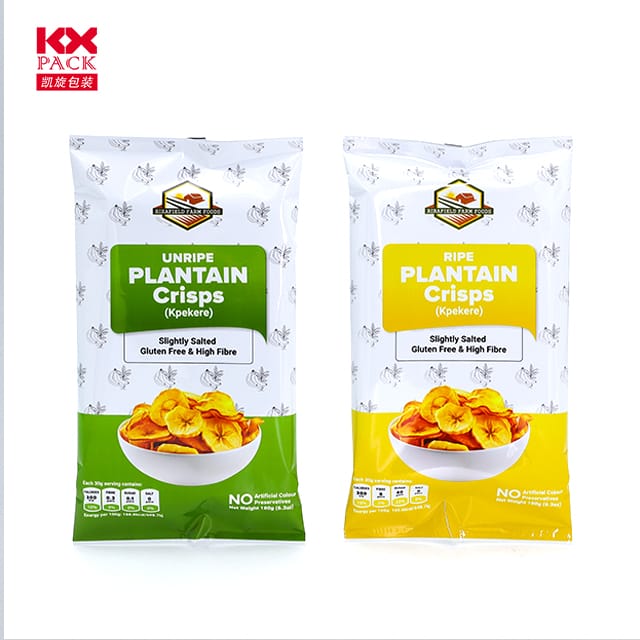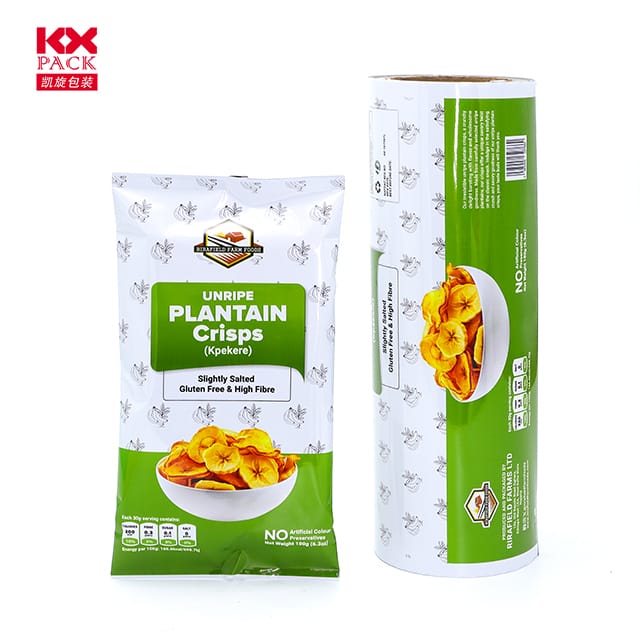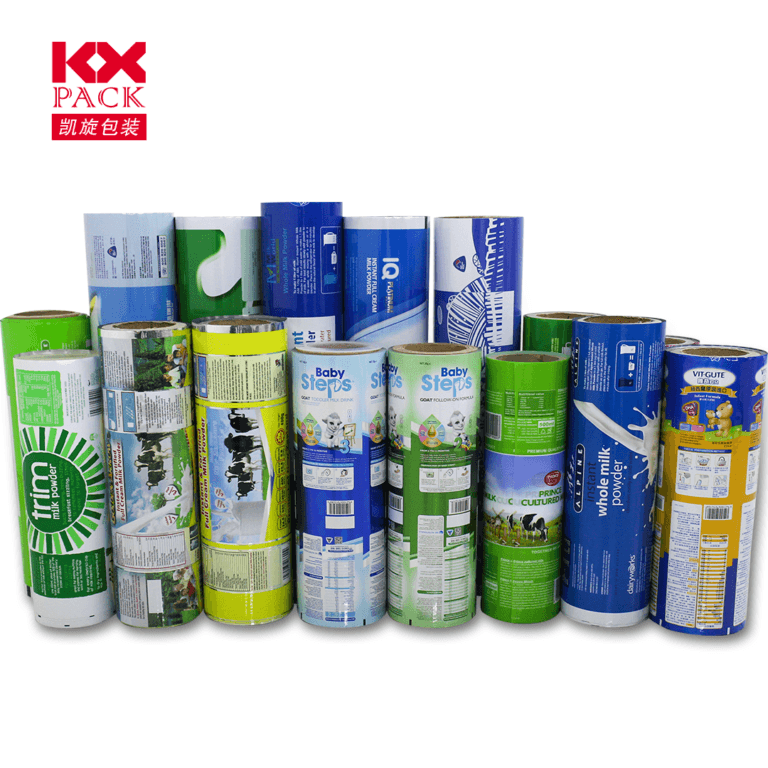真実を解き放つ: フードラッピングプラスチックフィルムと持続可能な代替品の影響
Food Wrapping Plastic Film
In our fast-paced lives, プラスチックラップはキッチンの定番になりました, 便利, そして一見不可欠です. しかし、環境への懸念が高まるにつれて, 薄い人をよく見る時が来ました, 私たちが毎日使用する透明なフィルム. プラスチックフィルムを包むフードに関する事実を解きましょう, その影響, and how we can make smarter choices.
What Is Food Wrapping Plastic Film?
Food Wrapping Plastic Film, often called “プラスチックラップ” または “しがみつきフィルム,” is typically made from ポリエチレン (PE), a lightweight and flexible plastic polymer. It’s designed to cling tightly to containers, keeping food fresh by blocking air and moisture. While it’s undeniably handy for covering leftovers, ラッピングサンドイッチ, or storing produce, その利便性には代償が伴う.
The Environmental Toll
- Single-Use Plastic Waste
Plastic wrap is a single-use item, meaning it’s used once and discarded. Only 9% of global plastic waste is recycled, そして Food Wrapping Plastic Film is notoriously difficult to recycle due to its thin, stretchy texture. Most ends up in landfills, where it can take centuries to decompose, or worse—pollutes oceans and rivers. - Microplastic Contamination
As plastic film breaks down, it fragments into microplastics, which infiltrate soil, water, and even the food chain. Studies show humans ingest まで 5 grams of microplastics weekly via food and water—a concerning statistic with unknown long-term health impacts. - Carbon Footprint
The production of plastic film relies on fossil fuels, contributing to greenhouse gas emissions. Manufacturing just 1 kilogram of polyethylene generates around 2.3 kilograms of CO2.
Is There a Safer Alternative?
はい! Eco-conscious brands and individuals are pioneering alternatives that balance practicality with sustainability:
- Reusable Wraps
- 蜜蝋ラップ: Coated in beeswax, ホホバオイル, and tree resin, these cloths mold around containers and can be washed and reused for up to a year.
- シリコン蓋: 伸縮性のある, airtight lids that fit over bowls and containers, dishwasher-safe and durable.
- 堆肥化可能なフィルム
Made from plant-based materials like cornstarch or potato starch, these films break down in industrial composting facilities. でも, they’re not suitable for home composting and require specific conditions to decompose fully. - Glass or Stainless Steel Containers
Ditch single-use plastics entirely with airtight containers that last a lifetime. Pair them with silicone lids or cloth covers for zero-waste storage.
How to Reduce Your Plastic Film Use
- Buy in Bulk: Purchase larger quantities of food to minimize packaging waste.
- Plan Meals: Reduce leftovers by cooking only what you need.
- DIY Alternatives: Make your own beeswax wraps using fabric scraps and beeswax pellets.
- Recycle Right: Check local recycling guidelines—some areas accept clean plastic wrap for recycling.
食品保存の未来
Innovation is key. Companies are exploringedible coatings (made from ingredients like chitosan or lactic acid) そしてmycelium-based materials (fungal networks that biodegrade naturally). While these solutions are still emerging, consumer demand can drive their adoption.
Your Choice Matters
Every time you reach for plastic wrap, remember: There’s a more sustainable way to protect your food. By opting for reusable or compostable alternatives, you’re not just preserving freshness—you’re helping preserve the planet.
Let’s cling to change, not plastic. 🌍
Has this inspired you to rethink your kitchen habits? Share your favorite eco-friendly food storage hacks below!
キーワード: food wrapping plastic film, sustainable alternatives, plastic pollution, 環境に優しいキッチン, compostable wraps, microplastics, reusable containers







